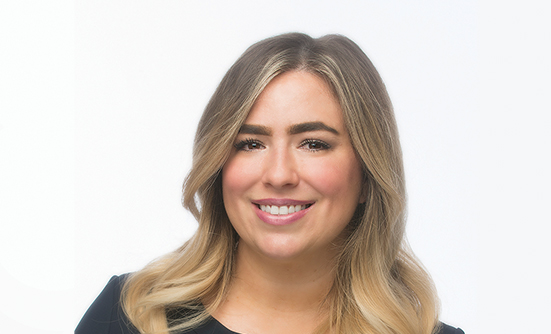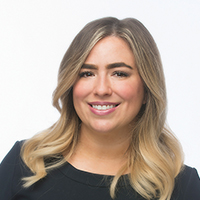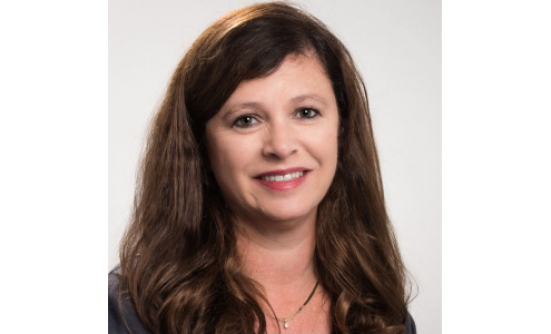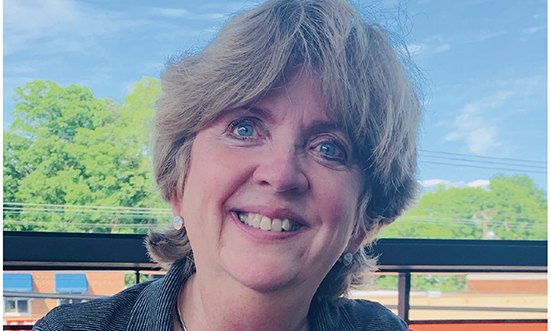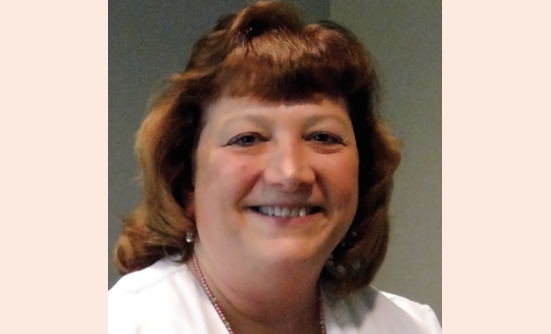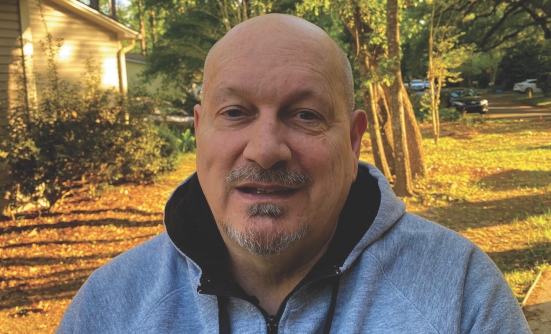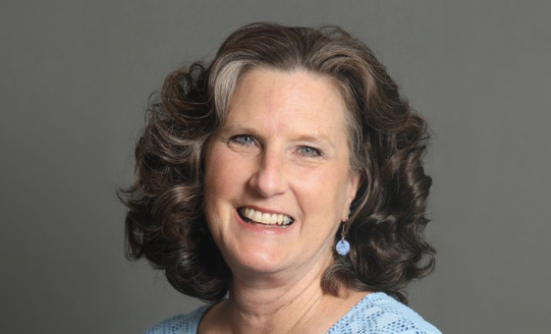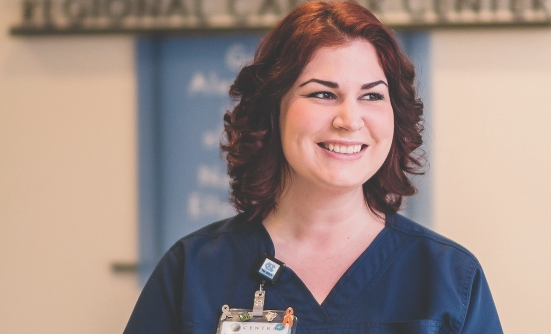Why is communicating about cancer so hard? I’ve asked that question many times and have found a few overarching reasons why patients and caregivers often avoid this topic. First, it’s often something people have not thought about. Moreover, they may be comfortable with their current patterns of communication; communicating is a vulnerable (and therefore intimidating) interaction; and/or they believe they don’t have time to develop a communication plan.
I have also learned that a cancer diagnosis can derail even the best methods of communication. But when patients and caregivers are proactive about their communication, this can often prevent future frustrations—doesn’t cancer bring us enough frustration already?
So let’s start by establishing a communication baseline, by which I mean reflecting on your current state of mind, and on your communication goals. Often, communication goals include having supportive, positive relationships with your loved ones.
Here are 4 reflective questions to help identify your communication baseline.
-
What are you comfortable talking about, and what would you rather avoid?
Everyone has a different level of comfort, and it’s important to find your boundaries when it comes to communicating about cancer. Maybe you are comfortable discussing your treatment plan, but what about the more vulnerable aspects, such as side effects, fertility preservation, or intimacy?
-
How much do you want to talk about cancer?
Relaying the same message again and again can be exhausting. What details do you want to talk about, and what can be communicated in other ways, such as an e-mail?
-
What are your communication fears?
My husband has said that cancer is like a 6-lane highway to vulnerability, and our fears are a gatekeeper; they can shut down communication before it begins. Identifying your fears, such as “I don’t want to get emotional when I talk about it,” can help you shape the first 2 questions above, and tailor your communication so that it becomes comfortable for you.
What are your ideal communication goals?
Do you want to spend more time resting, and less time updating loved ones? Are there household chores that, ideally, you would not have to do? How can better communication serve your needs?
Now that you have established your boundaries and your goals, here are 3 opportunities to maximize your communication process. I use the word “opportunity” carefully here because, unlike jury duty, these will create a positive and lasting impact on your life.
Opportunity to Prioritize Relationships
Imagine that you are planning a big party, and this is the ultimate guest list. The “A-list” is going to include loved ones with whom you want to talk in person or over the phone. This list typically includes your immediate family and closest friends, but may also include your colleagues. Your “B-list” is going to be people who can hear the information from a caregiver or from a loved one; they may be a second cousin or a Facebook friend from college.
These 2 lists are your choice, and they can change whenever you want, but they should be made with your goals in mind. For example, if one of your goals is spending less time talking about your cancer and more time resting, then make sure one or more of your A-listers can convey updates to your B-listers. Even better, appoint a VIP A-lister, such as your caregiver, to give all the updates to everyone, while you relax at home in your pajamas.
Your relationships should help you meet your communication goals, and it’s important to guide your loved ones. By guiding them, you provide specific ways to support your unique needs, and they’re not guessing how to support you. Let your B-list supporters know who provides the updates, and how often they will get them. Give members of your 2 lists practical things that they can help with, such as walking the dog, bringing dinner, or taking your mind off of the day with a movie. Finally, give them positive, specific feedback so that they can keep supporting you in the ways you want to be supported. For example, you could tell them, “I appreciate you letting my caregiver update you; it gives me time to rest, which I really need right now.”
Opportunity to Control Your Message
By now, you have reflected on your communication boundaries—what you will and will not talk about—you’ve identified your goals and have decided with whom you’ll communicate. Now it’s time to think about how you’ll communicate with others. This can be broken down into 2 buckets—“interpersonal communication” and “hyperpersonal communication.”
“Interpersonal communication” refers to face-to-face or over the phone—any type of communication in which you can hear the sound of someone else’s voice (instead of reading a text message or an e-mail). The typical benefits of such communication are immediate support from your loved ones, the ability to answer questions and provide more context, and, ultimately, create a stronger bond.
The disadvantages of interpersonal communication are that it’s time-consuming, it can be mentally or emotionally exhausting, and it’s not scalable—that is, it would be difficult to carbon copy that conversation to an additional 20 people in one day.
“Hyperpersonal communication” is relatively new but is becoming very common. It’s all about projecting your message via digital platforms, such as Facebook, text messages, e-mail, or blogging sites. Hyperpersonal communication has valuable advantages: you can give quick and frequent updates to large numbers of people at once, it is less mentally and emotionally taxing, it is versatile (you can update from your phone), and, depending on your platform, it can be archived. For example, posting on Facebook or on your blog allows you to look back at those posts and the support (feedback) from your loved ones. The disadvantages include a lack of privacy (once you write a blog, anyone can find it or share it), the supportive feedback can be delayed, and it requires some technological experience.
Again, it’s important to keep in mind your personal communication goals and leverage your relationships. Going back to the “getting more rest” example, consider giving updates via e-mail or asking your caregiver to do so. If you have received bad news and want to vent, calling a loved one is a great way to get immediate support.
I also always recommend being proactive; let everyone know when or how they’ll get updates, such as after you get the results from your latest scan.
I had an innovative patient who would e-mail on Sundays a list of things that she needed throughout the week, and anyone who said “Let me know how I can help” was added to that e-mail list. Give your loved ones the gift of supporting you in the ways that you truly want and need, instead of trying to read your mind and inevitably failing.
Opportunity to Be a Leader
Many of you are likely thinking, “I don’t want to be a leader.” You may not want to be a leader, and you surely may not feel like a leader, but the reality is that cancer has put you in a position of leadership. Your loved ones are looking to you for information about your diagnosis, your treatment, how they can help, and how you are doing. To all those around you, you are the expert on your cancer and the cancer experience.
I have an amazing patient who one day was venting about her frustrations with her hair not growing back quickly enough after chemotherapy; she was tired of wearing hats and wigs in the Texas heat. I agreed, saying, “Gosh that has to be so frustrating.” Wanting to provide hope, I said, “Don’t worry, it’ll get there, it’ll grow back.” She replied, “You know Katie, I actually hate it when people say that. I know it’ll grow back. I’m just frustrated it’s taking so long.”
She taught me a huge lesson in communication that day, one that I obviously still carry with me. It would have been easy for her not to say another word, or to use some choice words, and write me off as someone who “doesn’t get it.” Instead, she chose to be a leader—whether she knew it or not. She showed me grace in her response, and taught me a better way of responding to her and to future patients with cancer.
If you take anything from this article, I hope it’s this: when you accept opportunities to communicate about cancer with your loved ones, you are redefining the meaning it has in your lives. Where your loved ones once had stereotypes of how a patient with cancer “should” look, you are able to show them that it looks like you. When a cancer diagnosis leaves them speechless, you can give them the gift of conversation.
Finally, and most important, where they once felt fear of what a cancer diagnosis meant, you can show them that it won’t define you. Communication takes the power away from cancer and gives it back to you—where it belongs.
Key Points
- A cancer diagnosis can derail even the best methods of communication
- “Interpersonal communication” refers to face-to-face or over the phone communication in which you can hear someone else’s voice
- “Hyperpersonal communication” is becoming very common and is all about projecting your message via digital platforms
Patient Resources
National Cancer Institute
www.cancer.gov/about-cancer/coping/adjusting-to-cancer/communication-pdq
National Coalition for Cancer Survivorship
www.canceradvocacy.org/resources/cancer-survival-toolbox/basic-skills/communicating/





